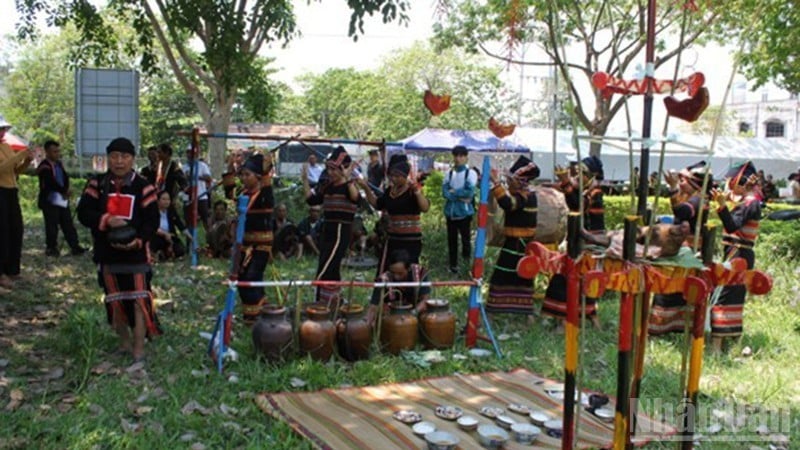
In the journey of integration and development, when the wave of modernization and urbanization is creeping into every village, preserving and promoting the cultural identity of ethnic minorities becomes an urgent task, both strategic and imbued with humanistic values.
Land of rich identity
Since the merger of Ia Mlah, Dat Bang, Chu Ngoc, Phu Can communes and Phu Tuc town into Phu Tuc commune, the cultural picture here has become more diverse and rich. The commune is currently home to a large number of Gia Rai ethnic people, one of the ethnic groups with a unique cultural life, closely associated with gongs, xoang, festivals and traditional customs imbued with the identity of the Central Highlands.
According to the Head of the Culture and Society Department of Phu Tuc Commune, Hoang Thuy Trang, the whole commune currently has 154 sets of gongs, with 177 artisans participating in performances and cultural exchanges inside and outside the area. Notably, the commune has artisan Nay Phai who was awarded the title of Meritorious Artisan by the President for his contributions in the field of gong tuning - a unique art that requires skills and a deep understanding of musical notes and folk cultural traditions.
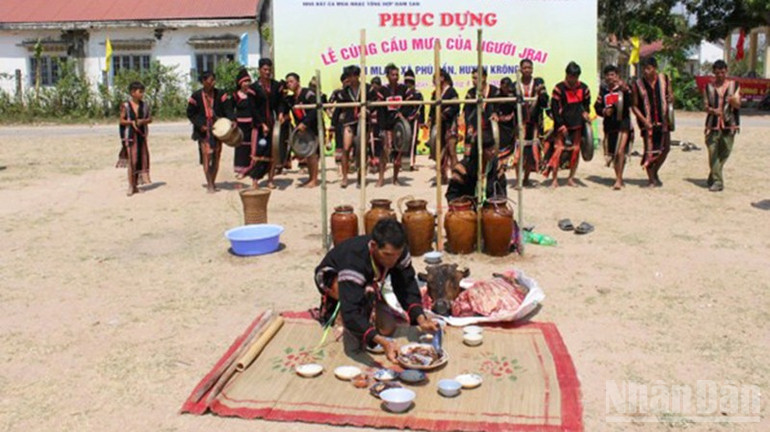
Gongs are not only musical instruments, but also the cultural soul of the Gia Rai people here. The sound of gongs resounds in every event of a person's life cycle, from birth, adulthood, marriage to death. It is also a spiritual call, connecting people with gods and ancestors in festivals such as the Pothi (grave abandonment) ceremony, the water-wharf worship ceremony, the rain-praying ceremony, the new rice celebration, the coming-of-age ceremony, the thanksgiving ceremony, the victory celebration...
Mr. Ksor Kok, a famous gong tuner in Sai village, confided: “The sound of gongs is in the blood of Gia Rai people since they were still on their mothers’ backs. I learned to tune gongs from my father and now I am teaching them to my children and grandchildren. Each gong set has its own soul, if it is tuned incorrectly, the soul of the gong is lost.”
Preserving these festivals is not only preserving a ritual, but also preserving a treasure trove of folk knowledge, aesthetics and indigenous beliefs. Activities such as gong performances, folk songs, weaving, sculpture, brocade weaving... are still maintained regularly in Mlah, Du, Ket, Sai, H'Muk villages - where many skilled artisans are teaching the younger generation every day.
Ms. Ksor H'Djét (Buon Du), a long-time brocade weaver, said: "I teach the girls in the village how to weave, from choosing the thread, dyeing to weaving traditional patterns. Each brocade piece is a story, a part of the soul of the Gia Rai people."
Enhancing cultural values in the new context
Not only stopping at preservation, Phu Tuc is taking proactive steps in promoting traditional cultural values, associated with the development of eco- tourism and community tourism, in line with the orientation of the Party and State on sustainable development of ethnic minority areas.
Every year, the commune actively participates in competitions, performances, cultural and artistic festivals such as the Central Highlands Gong Festival and the Gia Lai Province Ethnic Culture Festival. This is an opportunity to promote the image, people and cultural identity of Phu Tuc to the wider community, while affirming the important role of culture in socio-economic development.
Standing Vice Chairman of Phu Tuc Commune People's Committee Tran Van Luong affirmed: "We clearly identify cultural preservation as a regular task, closely linked to traditional education for the younger generation. Culture cannot exist without its preservers. Therefore, the commune always pays attention to discovering, nurturing and honoring the team of artisans, combining cultural activities with local tourism development, creating livelihoods for the people."
A notable highlight is the introduction of Gia Rai artisans to live and perform at the Vietnam Ethnic Culture and Tourism Village in Dong Mo (Hanoi). Currently, Mr. Siu Muk (H'Muk village), a gong player and folk singer, is a typical representative of Phu Tuc at the "common home" of ethnic groups. He not only performs but also directly teaches and introduces Gia Rai culture to domestic and foreign tourists.
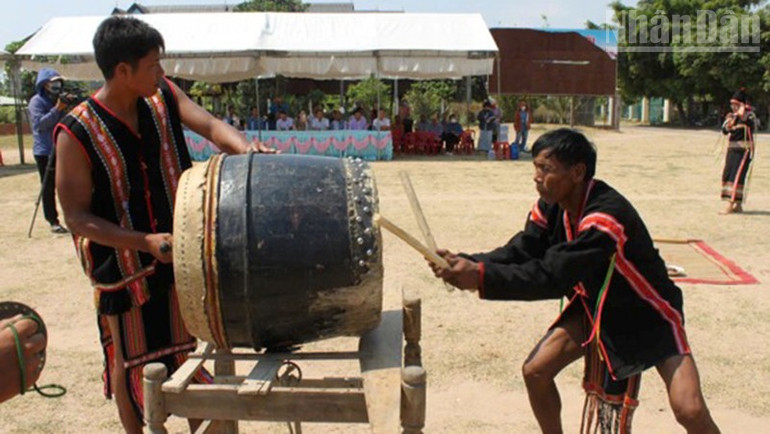
In addition to the achievements, cultural preservation work in Phu Tuc is also facing many difficulties. Funding for cultural and sports activities is still limited, not meeting the needs of regularly organizing exchange programs and restoring festivals. The team of cultural officers in the commune is still small, holding many concurrent jobs, not having the conditions to organize large-scale activities.
More worryingly, a segment of the youth is not fully aware of the responsibility to preserve and promote heritage. In the flow of the market economy, modern culture is gradually overwhelming traditional values. Without fundamental, long-term measures, the risk of extinction is inevitable.
Faced with that reality, Phu Tuc commune is studying and proposing to mobilize social resources for cultural activities, while strengthening coordination between schools and youth unions to bring ethnic culture into classrooms and community playgrounds. Integrating traditional education into extracurricular activities is a sustainable way to nurture the love of culture in the young generation.
According to comrade Hoang Thuy Trang, in the coming time, the commune will continue to review and count artisans, organize systematic teaching; build dossiers to propose conferring the title of excellent artisan to typical individuals; at the same time, coordinate with functional agencies to restore festivals that have the potential to develop into cultural tourism products, creating livelihoods for people.
Along with that, all levels and sectors need to have specific support policies in terms of funding, materials, training of grassroots cultural staff and investment in cultural infrastructure to serve the community. The attention and support of the State is a prerequisite for traditional culture to not only be preserved, but also become a driving force for sustainable development.
From the remote villages of the Central Highlands, the sound of gongs still resonates in the vast forest, like the heartbeat of the mountains and forests, like a thread connecting the past with the present. Phu Tuc, with its dedicated people and talented artisans, is preserving and breathing life into the national culture every day, so that the identity not only lives forever in the hearts of the Gia Rai people, but also spreads to become a common pride of the entire Vietnamese ethnic community.
Source: https://nhandan.vn/bao-ton-va-phat-huy-gia-tri-van-hoa-dan-toc-o-phu-tuc-post915773.html



![[Photo] General Secretary To Lam attends the 18th Hanoi Party Congress, term 2025-2030](https://vphoto.vietnam.vn/thumb/1200x675/vietnam/resource/IMAGE/2025/10/16/1760581023342_cover-0367-jpg.webp)



![[Photo] Nhan Dan Newspaper launches “Fatherland in the Heart: The Concert Film”](https://vphoto.vietnam.vn/thumb/1200x675/vietnam/resource/IMAGE/2025/10/16/1760622132545_thiet-ke-chua-co-ten-36-png.webp)
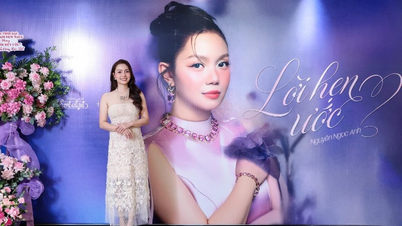
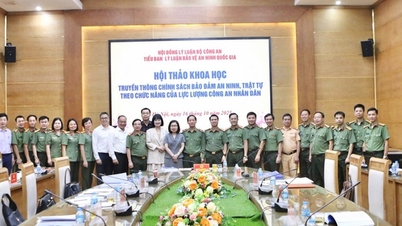

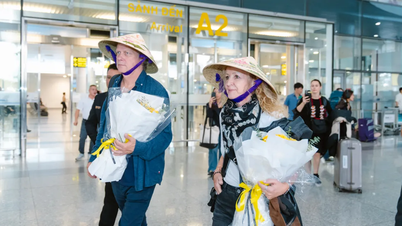


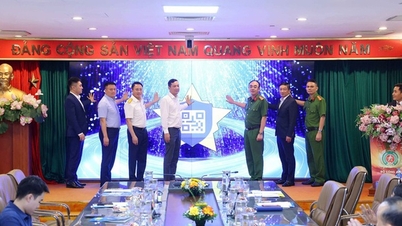






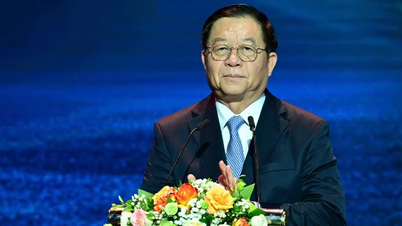
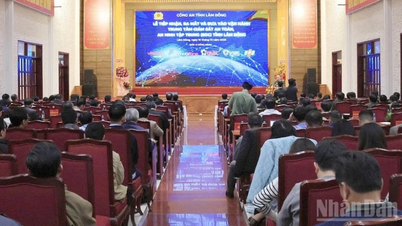
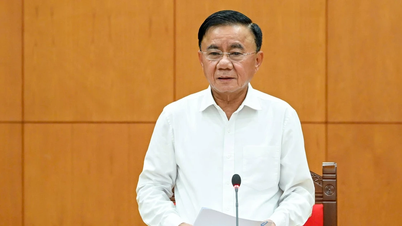
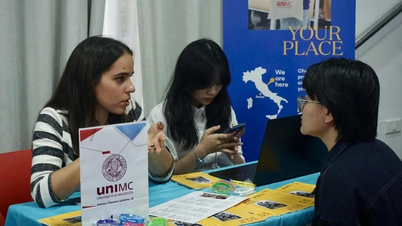
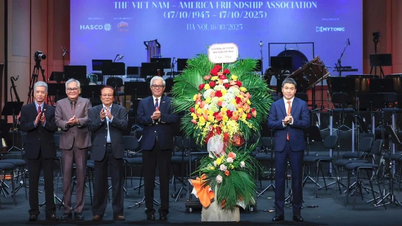
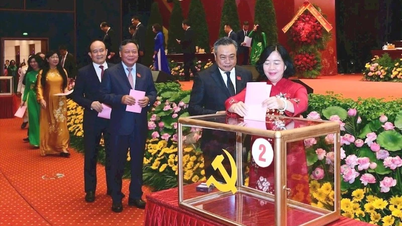
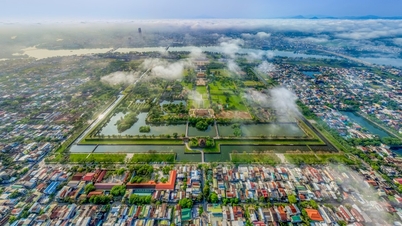

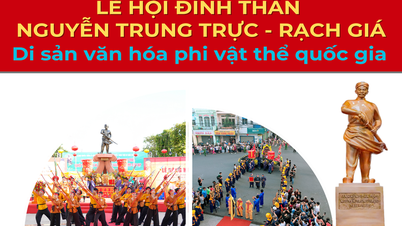

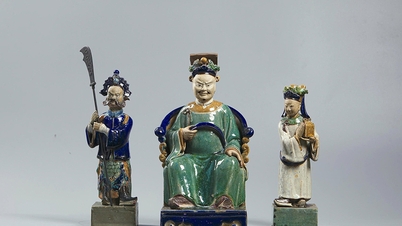



![[Video] TripAdvisor honors many famous attractions of Ninh Binh](https://vphoto.vietnam.vn/thumb/402x226/vietnam/resource/IMAGE/2025/10/16/1760574721908_vinh-danh-ninh-binh-7368-jpg.webp)


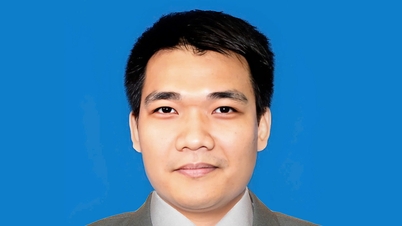

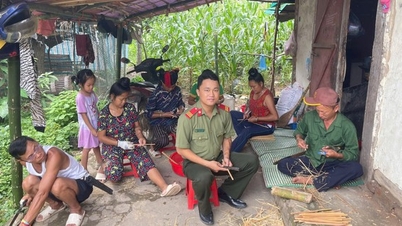
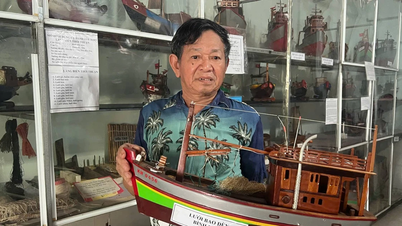




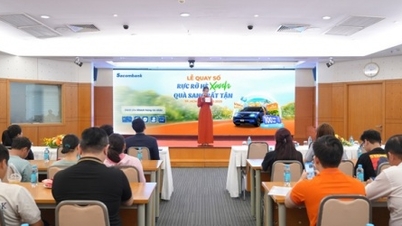







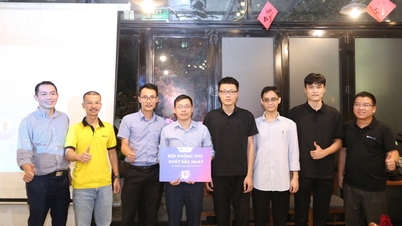






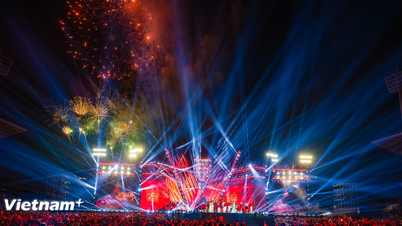
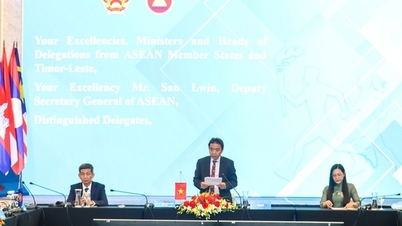

![[Photo] Nhan Dan Newspaper launches “Fatherland in the Heart: The Concert Film”](https://vphoto.vietnam.vn/thumb/402x226/vietnam/resource/IMAGE/2025/10/16/1760622132545_thiet-ke-chua-co-ten-36-png.webp)
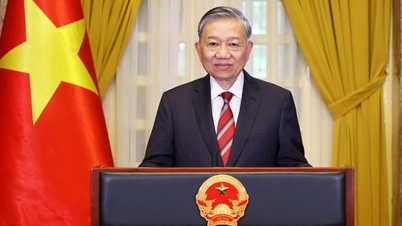
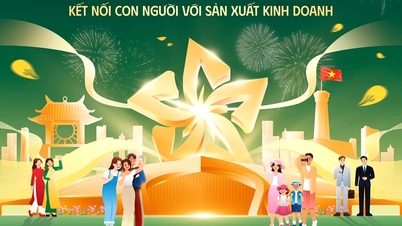



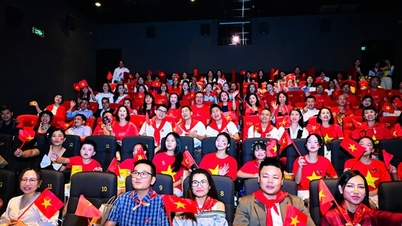
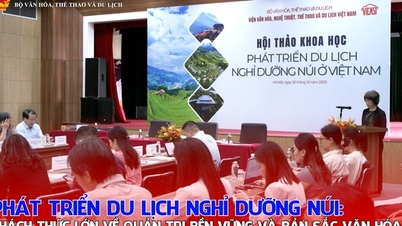
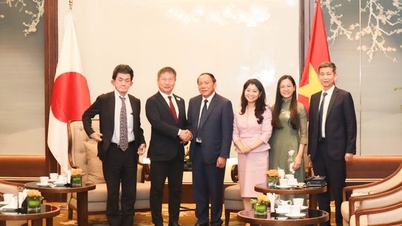
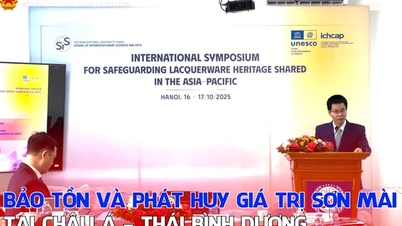

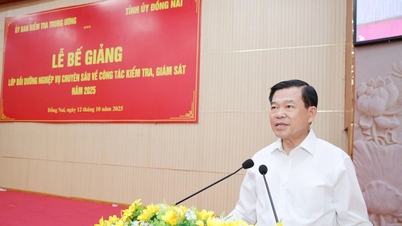

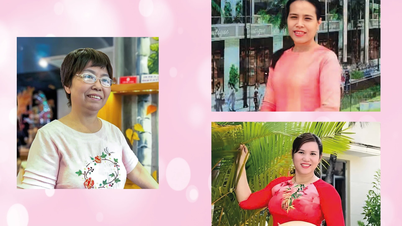

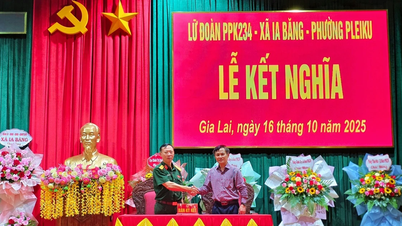

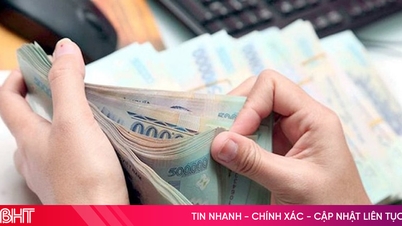

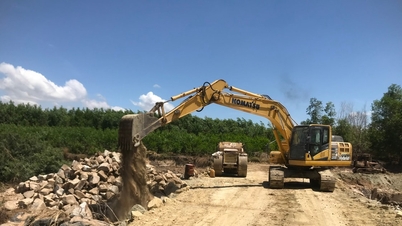

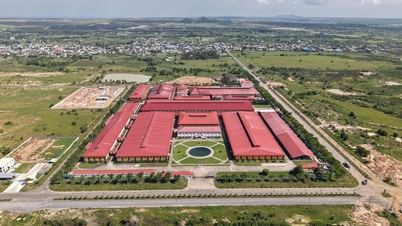
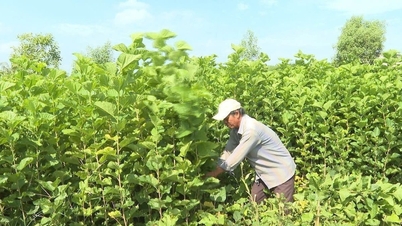












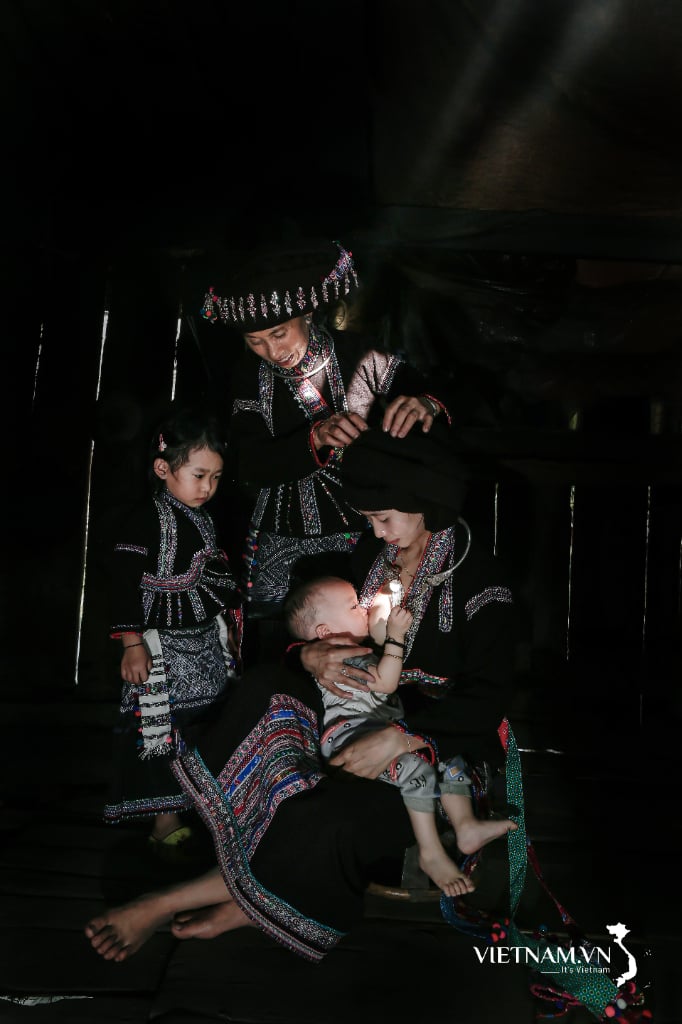



Comment (0)